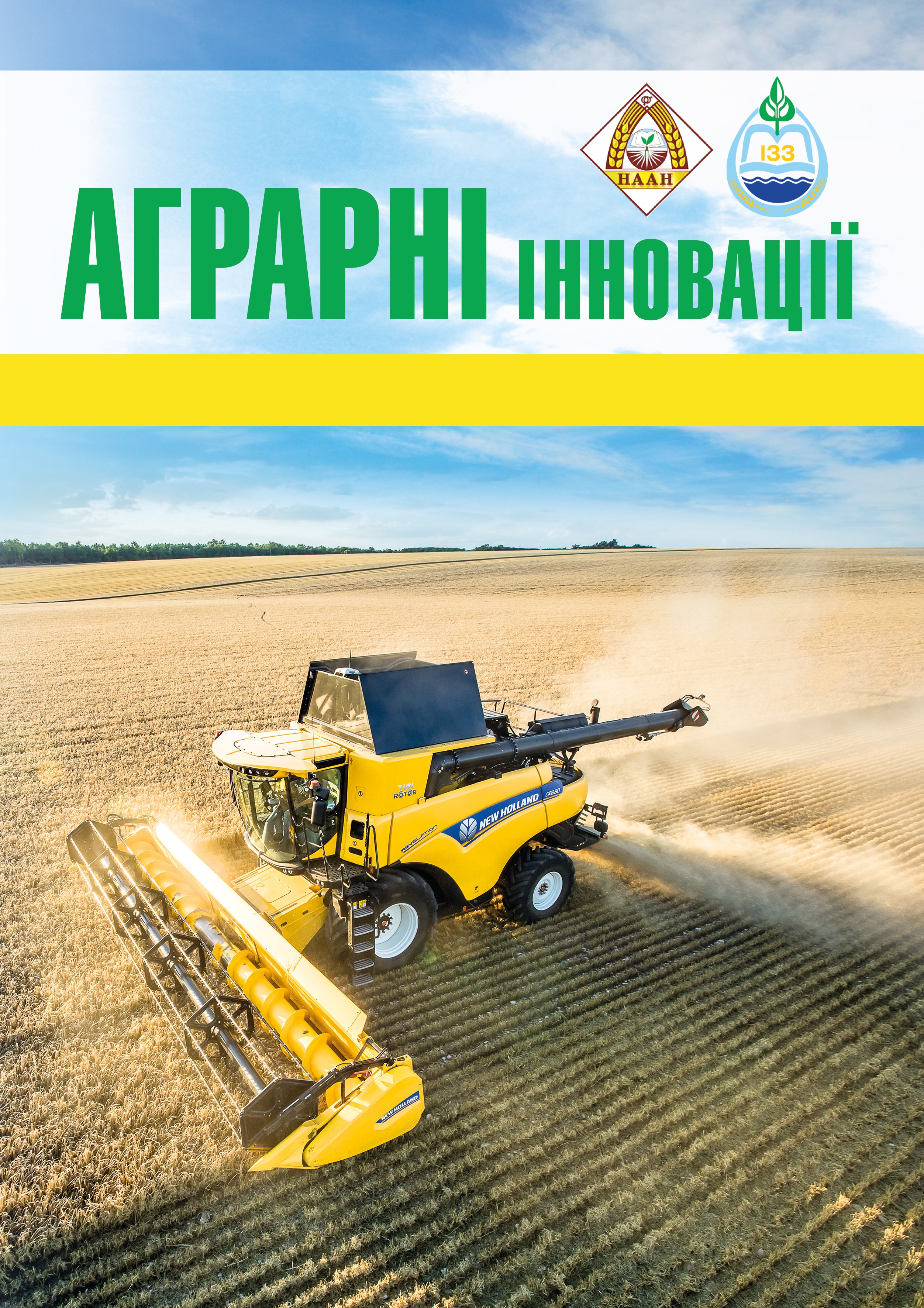SCIENTIFIC FUNDAMENTALS OF ADAPTATION OF IRRIGATED AGRICULTURE SYSTEMS TO CLIMATE CHANGE - SELECTION AND VARIETY TECHNOLOGIES
Abstract
The goal is to substantiate the main directions of the formation of irrigated farming systems adapted to climate change on the basis of a combination of breeding developments of domestic scientists and the development of varietal technologies for their cultivation.
Methods. The initial materials for modeling and forecast-ing were experimental data of field experiments with field crops carried out on the experimental plots of the Institute of Irrigated Agriculture of the NAAS. Research in this area was carried out using special methods for the application of information technologies in agriculture.
Results. Based on the results of generalization of long-term data, it was found that in conditions of climate change, the selection developments of the Institute of Irrigated Agriculture of the NAAS are of great scientific and practical importance, since they are aimed at providing agricultural producers in Kherson, Nikolaev, Odessa and other regions of Ukraine with high-quality seed material. Domestic varieties and hybrids in terms of productivity potential are not inferior to foreign varieties, and in terms of adaptability and resistance to unfavorable weather factors, they significantly surpass them. In addition, varieties and hybrids of the Institute of Irrigated Agriculture of the NAAS created in irrigated conditions and therefore are characterized by a better response to irriga-tion, have high rates of return on irrigation water and fertilizers per crop unit, which means maximum economic efficiency.
Conclusions. Climate change requires the use of inten-sive technologies for growing crops in irrigated agriculture in Ukraine, based on the use of innovative approaches with the optimization of various methods of irrigation and irriga-tion regimes, fertilization systems, processing and plant protection. The structure of sown areas and crop rotations on the irrigated lands of Ukraine is proposed for the rational use of irrigated lands and preventing the negative impact of external factors of natural and anthropogenic nature. Methodological and methodological approaches have been developed for the integral assessment of irrigated lands for their rational use, prevention of the development of deg-radation processes, protection and reproduction of fertility.
References
2. Сніговий В. С. Проблеми землеробства й ефек-тивність сучасного виробництва. Таврійський науковий вісник. 2003. Вип. 27. С. 29–33.
3. Бабич А. О. Світові земельні, продовольчі і кор-мові ресурси. Київ: Аграрна наука, 1996. 133 с.
4. Силва Ж. Г., Нвазе К. Ф., Казин Э. Достижение нулевого голода. Критическая роль инвестиций в социальную защиту и сельское хозяйство. ФАО ООН. Рим, 2016. С. 12–14.
5. Gathala M. K., Timsina J., Islam Md. S. Conservation agriculture based tillage and crop establishment options can maintain farmers’ yields and increase profits in South Asia’s rice-maize systems. Evidence from Bangladesh. Field Crops Research. 2014. Р. 85–98.
6. Asfaw S., Maggio G. Gender integration into climate-smart agriculture. Tools for data collection and analysis for policy and research. Food and Agriculture Organization of the United Nations. Rome, 2016. 20 р.
7. McCarthy N. Understanding agricultural households’ adaptation to climate change and implications for mitigation: land management and investment options. Integrated Surveys on Agriculture. Washington D.C., USA: LEAD Analytics Inc. 2011. Р. 42–47.
8. Снеговой В. С., Гаврилица А. О. Орошение: от древнего искусства до современной науки. Кишинев: Штипнца, 1989. 135 с.
9. Нетіс І. Т. Зміна клімату в зоні зрошення. Зрошуване землеробство. 1994. Вип. 39. С. 7–12.
10. Сніговий В. С., Жуйков Г. Є., Димов О. М. Еконо-мічні важелі еколого-безпечного ведення земле-робства на зрошуваних землях Південного Степу. Агроекологічний журнал. Київ, 2003. С. 32–37.
11. Погода в Херсоне. Архив погоды на метеостан-ции. URL: https://rp5.ua/%D0%9F%D0%BE%D0%B3%D0 %BE%D0%B4%D0%B0_%D0%B2_%D0%A5%D0%B5%D1%80%D1%81%D0%BE%D0%BD%D0%B5 (дата звер-нення 07.02.2020 р.).
12. Ушкаренко В. О., Нікішенко В. Л., Голобородько С. П., Коковіхін С. В. Дисперсійний і кореляційний аналіз у землеробстві та рослинництві: навч. посіб. Херсон : Айлант, 2008. 272 с.






